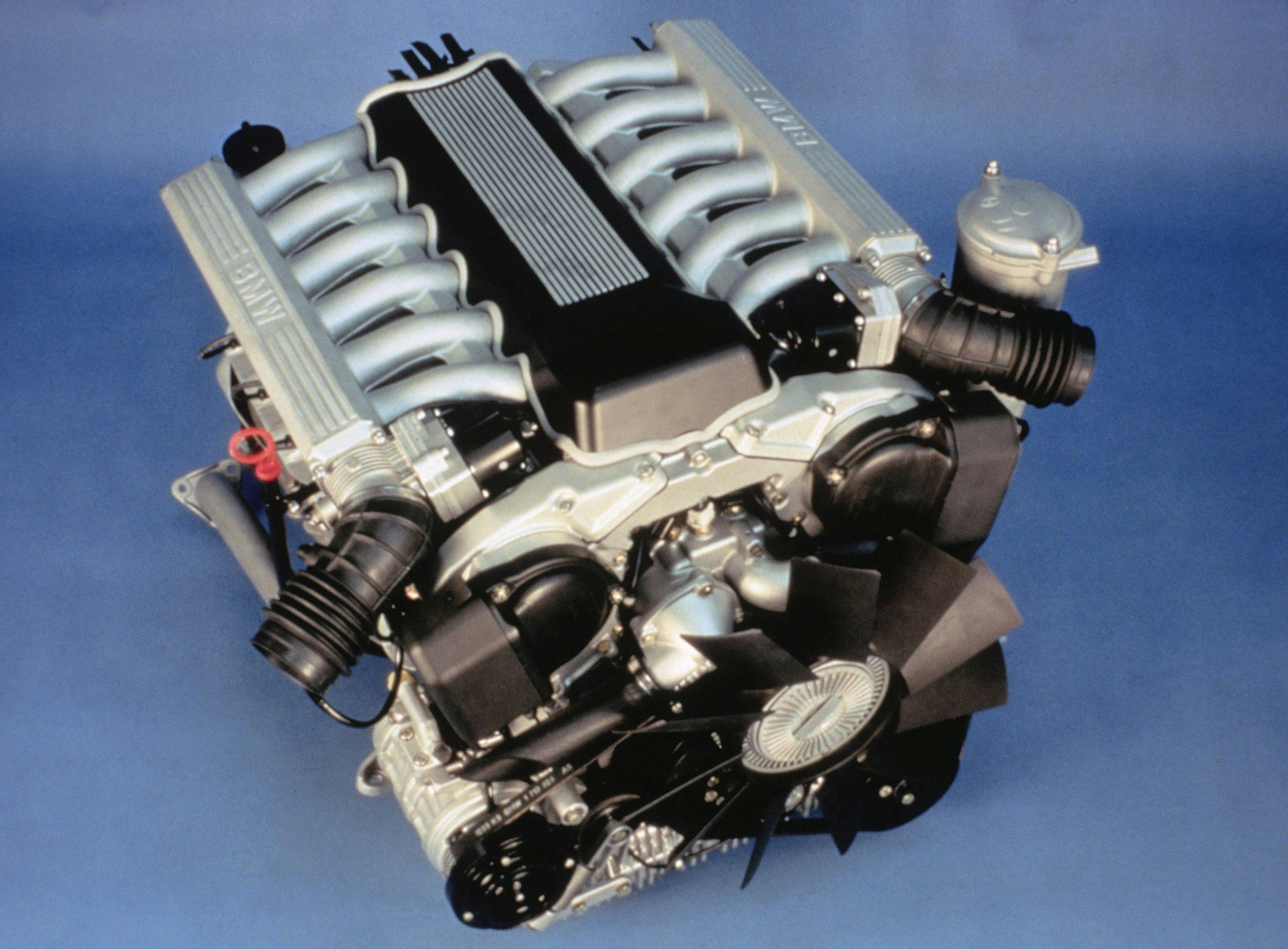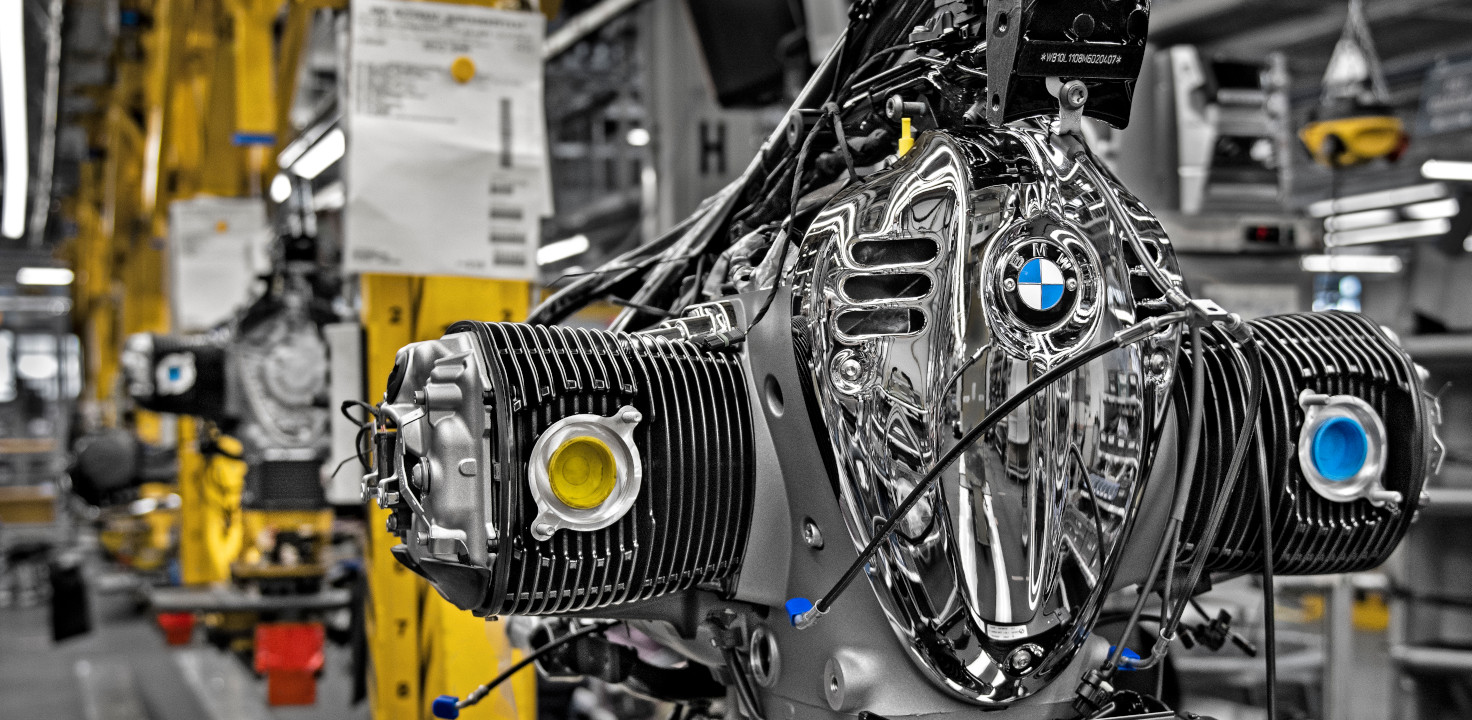Common Issues Faced by BMW Engine Owners and How to Resolve Them
Common Issues Faced by BMW Engine Owners and How to Resolve Them
Blog Article
Discovering the Advancement of Combustion Engines in Modern Transport Solutions
As we browse the landscape of contemporary transportation, the evolution of burning engines stands as a testament to human resourcefulness and design prowess. The interplay of history, modern technology, and ecological issues in forming the trajectory of burning engines creates a story that is both compelling and informative.
Very Early Beginnings of Combustion Engines
How did the principle of burning engines first arise in the onset of transportation growth? When the concepts of internal combustion were initial checked out, the origins of combustion engines can be mapped back to the 17th century. In 1673, Christian Huygens conceptualized a standard internal burning engine that used gunpowder to produce power. It wasn't up until the late 19th century that practical applications of combustion engines in transport began to emerge.
The breakthrough moment featured the invention of the first effective gasoline-powered engine by Karl Benz in 1885 - bmw engine. This engine led the way for the development of the contemporary automobile, transforming transportation systems worldwide. Succeeding technologies by Nikolaus Otto and Gottlieb Daimler even more fine-tuned burning engine modern technology, bring about the mass production of vehicles and the fast development of the transport sector
These very early burning engines were defined by their simpleness and effectiveness, laying the foundation for the complicated and powerful engines used in modern transportation systems. The evolution of burning engines has actually contributed fit the means we travel and carry products, marking a substantial landmark in the history of transportation growth.
Change to Internal Burning Modern Technology
The shift to interior combustion modern technology noted an essential shift in the evolution of transport systems. This shift began in the late 19th century, with developers like Nikolaus Otto and Gottlieb Daimler creating the very first successful inner combustion engines. These engines reinvented transportation by offering an extra effective and powerful alternative to vapor engines and electric motors.
Among the crucial advantages of inner combustion engines was their capacity to be scaled down to suit automobiles, resulting in the growth of bikes and vehicles. This change from bulky, fixed engines to compact, mobile ones led the way for the modern-day transportation systems we see today.
The change to internal burning technology additionally spurred improvements in fuel innovation, leading to the advancement of gasoline and diesel as main gas sources for automobiles. This change not only made transport more easily accessible to the masses but likewise laid the structure for the oil and gas industry to end up being indispensable to worldwide economic situations.
Impact of Combustion Engines on Transport
The fostering of combustion engines in transport systems militarized a profound shift in the effectiveness and rate of global wheelchair. Burning engines revolutionized transportation by supplying a reliable and flexible source of power for different automobiles, consisting of cars, trucks, ships, and aircrafts. This technology significantly enhanced the capacity for people and products to relocate over fars away in much shorter amount of time, bring about raised connection between areas and countries.
Furthermore, the widespread use combustion engines has actually had a considerable effect on financial growth. The capacity to move items successfully has actually spurred trade and commerce, allowing organizations to increase their markets and get to customers worldwide. This has helped with economic development and globalization, as items can currently be delivered quicker and in larger quantities than in the past.
However, the ecological influence of burning engines can not be neglected. The combustion of nonrenewable fuel sources has actually resulted in air pollution and greenhouse gas exhausts, adding to climate adjustment and posturing health and wellness risks to populaces. bmw engine. Therefore, there is a growing emphasis on creating alternate propulsion modern technologies to alleviate these unfavorable effects and develop a more lasting future for transport
Advancements in Combustion Engine Layout
Countless improvements in combustion engine style have thrust the development of transportation systems over the years. One noteworthy technology is the advancement of turbocharged engines, which use exhaust gases to drive a wind turbine that compresses inbound air, allowing for even more fuel to be scorched, causing increased power outcome without a significant boost in engine dimension. Furthermore, straight injection innovation has actually enhanced gas efficiency and performance by specifically controlling the quantity and timing of gas find out injected right into the burning chamber. Variable valve timing systems have additionally revolutionized engine style by maximizing airflow at various engine rates, enhancing both power More Info and effectiveness. An additional significant improvement is the assimilation of lightweight materials such as carbon fiber and aluminum alloys, lowering overall engine weight and improving automobile gas economy. Improvements in computer-aided layout have actually made it possible for designers to maximize engine efficiency and efficiency through simulations before physical prototypes are built, saving time and resources in the development process. These innovations collectively add to the continuous improvement of combustion engines in modern transportation systems.
Future Patterns in Combustion Engine Development
With technology developments driving continual advancement, the future of burning engine advancement is positioned to revolutionize transport systems globally. One of the essential fads in burning engine development is the push in the direction of higher efficiency and minimized emissions.
One more famous trend is the fostering of hybrid modern technologies in combustion engines. Crossbreed engines incorporate conventional burning modern technology with electric power, providing boosted gas efficiency and lower discharges. As the automotive market changes in the direction of electrification, crossbreed combustion engines are seen as a transitional service that connects the void in between standard vehicles and completely electric ones.
Additionally, the assimilation of clever technologies, such as expert system and data analytics, is expected to play a considerable function in the future of burning engine growth. These modern technologies can maximize engine efficiency in real-time, bring about extra reliable burning procedures and boosted total lorry efficiency. Welcoming these future patterns will certainly not only drive development in combustion engine development but also contribute to an have a peek at this website extra lasting and eco-friendly transport ecosystem.

Final Thought
Finally, the advancement of burning engines in modern-day transport systems has actually been noted by substantial advancements in technology and design. From the early starts of burning engines to the change to inner burning modern technology, these engines have actually had an extensive effect on transportation. Advancements in combustion engine design remain to drive progress in this area, with future fads concentrating on additional enhancing effectiveness and decreasing emissions. The future of combustion engines in transport looks encouraging as research study and advancement efforts remain to press limits.
The roots of combustion engines can be mapped back to the 17th century when the principles of internal burning were very first explored. These engines changed transport by providing a more reliable and effective option to steam engines and electrical motors.

Report this page